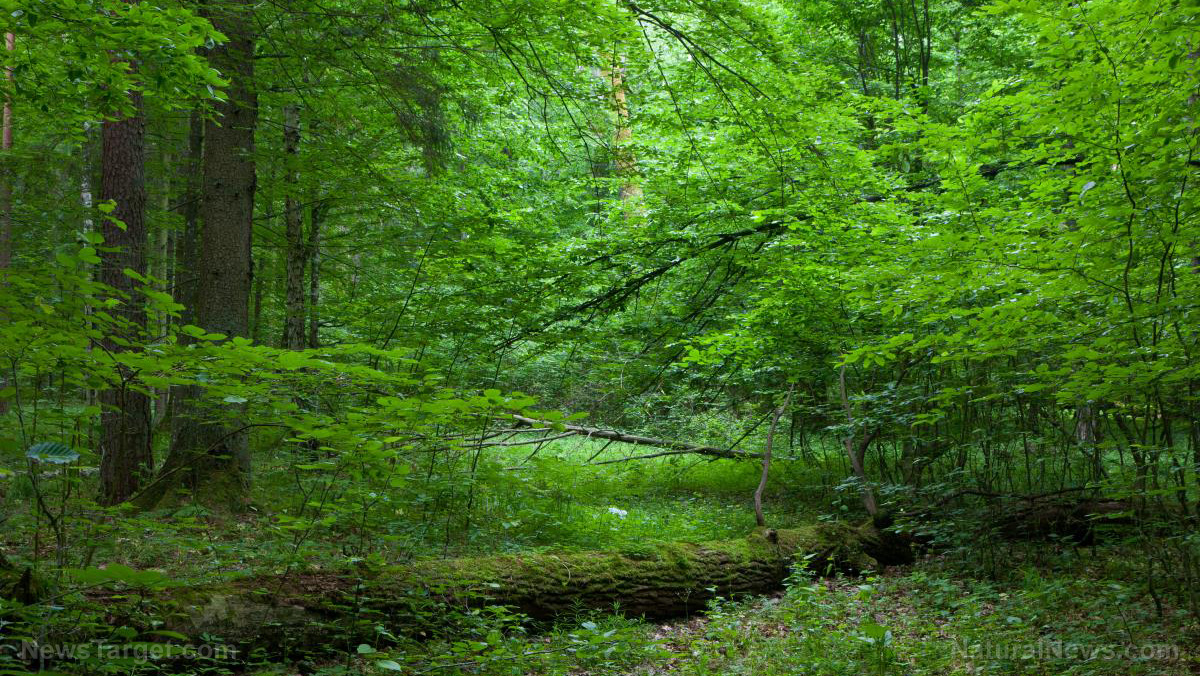Study shows that a loss of biodiversity can put an entire ecosystem at risk of extinction
03/16/2018 / By David Williams

Between the natural order of things and the way that humans have seemingly taken over much of nature, lots of different animal species have already gone extinct. Why exactly this has happened isn’t entirely up to humans, but perhaps more could be done about what happens after an animal species does go extinct. Researchers from the University of Exeter recently demonstrated that a loss of biodiversity can lead to what they refer to as “extinction cascades,” wherein the initial loss of one species might end up leading to a domino effect of further species extinctions.
It shouldn’t take an expert scientist to surmise that this could result in major problems for the planet. Indeed, as the researchers noted, there are much higher risks of further extinctions that could happen shortly after one animal species becomes extinct. The so-called extinction cascades are said to be more likely to happen when other animal species are not present to sort of “fill the gap” left behind by the ones that already died.
According to Dr. Dirk Sanders, a professor from the Center for Ecology and Conservation at the University of Exeter’s Penryn Campus in Cornwall, there is a very intricate pattern of relationships present in nature. “Interactions between species are important for ecosystem (a community of interacting species) stability,” he explained. “And because species are interconnected through multiple interactions, an impact on one species can affect others as well.”
The researchers also noted that even if the extinction of one animal species doesn’t directly lead to any subsequent extinctions for others, there is cause for concern that certain simpler ecological communities might end up being at greater risk of “run-away extinction cascades” – and that’s basically the potential loss of more animal species. In the words of the researchers: “This effect was much stronger in simple communities than for the same species within a more complex food web.”
Dr. Sanders also explained how things tend to get out of control once one extinction event happens in the ecosystem. According to their research results, he said, biodiversity loss can directly lead to increased vulnerability of ecosystems to what are referred to as secondary extinctions. When these occur, they tend to lead to further simplification which causes run-away extinction cascades, according to Sanders.
As for the actual cascades, the researchers explained it thusly: the loss of a particular predator, such as wolves, could cause a large rise in the number of other animals, such as deer. In this case, the resulting population of deer can end up up eating more plants than they would otherwise be able to – if the wolves hadn’t been extinct and present to perform their role as predators. The resulting loss in vegetation in the land can then cause the extinction of many animal species that rely on them for food sources. For this example, that could very well happen to herbivores that are potentially less competitive than deer, such as rabbits or even insects. If such a cycle of life lasts long enough, it could cause much bigger problems than there simply being a disproportionately large deer population living in the forest.
The researchers didn’t so far as to recommend a sure-fire way to avoid extinction cascades, or even to prevent initial extinction events in the first place. However, they made it a point to stress the fact that even just one extinction event can be fatally dangerous for almost all forms of wildlife out in nature as well as humans, so it’s best to do what’s possible to prevent them whenever possible.
Read more research studies on biodiversity and nature in Research.news.
Sources include:
Tagged Under: biodiversity, Ecology, environ, extinction, forest, research




















